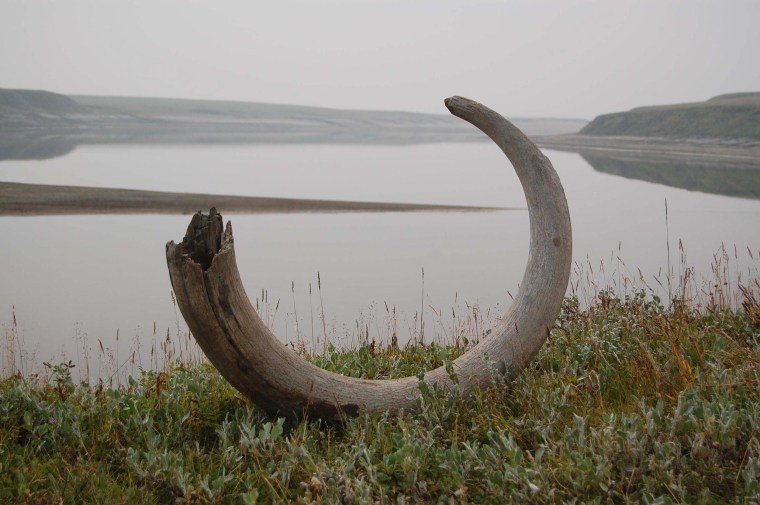When paleontologists found piles of mammoth bones, covered in sediment, in the granite ravines at the base of the La Cotte cliffs, the site looked ominously like the remains of a mass-kill operation from tens of thousands of years ago. When Neanderthal teeth and stone tools were also found at the site, on Jersey island off the coast of France, the hominids were blamed.
But a recent undersea survey of the landscape suggests that the Neanderthals didn’t drive herds of the large mammals off the cliffs and into the gorges below — they may have hunted them one by one.

Hunting parties of our hominid cousins usually cornered the large animals against a mountain wall and took them down individually, using wooden spears. So it seemed odd that at this sole site, they appeared to be chasing them off cliffs. When a group of British archaeologists visited the site in 2010, one of their goals was to investigate the mass-kill theory.
“You look at it and your mind is automatically drawn to the steep cliffs and the plateau above,” Martin Bates, an archaeologist at the University of Wales Trinity Saint David, told NBC News. This explains why, when the site was first studied in the 1970s and '80s, the cliff kill hypothesis was proposed. “If you drove something over the top, that’s one explanation of how [the bones] got there.”
A new marine survey of the area by boat has mapped out the topography that would have been dry land when the mammoths and Neanderthals lived in the area. Tens of thousands of years ago, with sea levels lowered by expanding ice, the area was an open, treeless landscape with “shallow valleys” surrounded by bare jagged rocks.
With one of those valleys ending at the base of the La Cotte cliffs, it seems likely the site just turned out to be a popular hunting spot. The Neanderthals backed mammoths against the mountain wall, and killed them individually, Bates and his colleagues explain in the March issue of the journal Antiquity.
- Via Matt Pope on Twitter